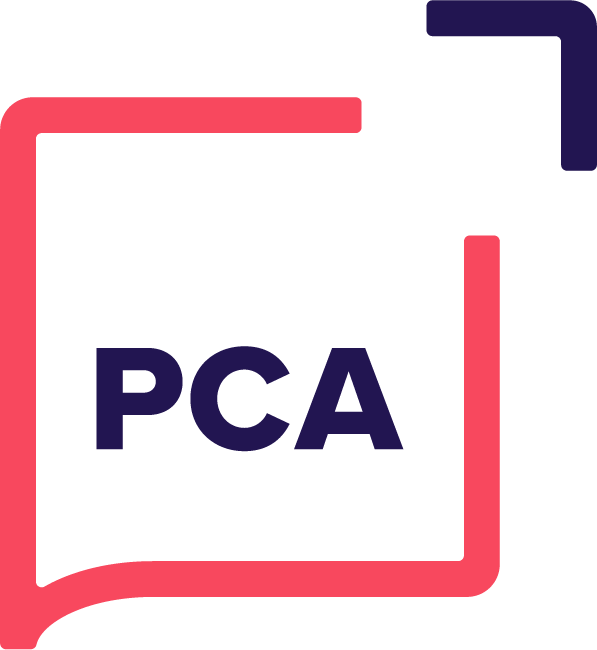Mckinsey & Company conducted an insightful analysis of the unrealised value in social media for law firms. Quite rightly, the report notes that law firms rely heavily on social interactions with clients and among professional colleagues to be successful at their work and develop new business. These relationships, are built on values such as thought leadership, integrity, fairness – values that can easily be expressed via social media. In essence lawyers are selling what is in their mind and social media is the perfect medium to advertise this service. Here is a list of the all social media platforms law firms should be utilising, and why;
1) Podcasts
Podcasts are the new blog. Instead of reading, people keen to absorb legal knowledge now prefer to plug in their headphones and listen to snippets of technical discussion, whilst on the go. Legal Coffee Break is a good example of how this is done successfully.
2) Live streaming
This avenue is relatively untapped and is becoming increasingly popular. Law firms deliver numerous legal seminars to fellow colleagues and clients. Recording some of these could reap huge benefits – for success, the actual recording must be short and capture the key points.
3) Snapchat
Over 65 percent of Snapchat users regularly contribute content – this makes it significantly more active that most networks. There are two types of Snapchat; stories and snaps. Stories are a compilation of snaps from the last 24 hours, all strung together and sent out in one long stream. This format provides opportunity to condense a day’s worth of content into a minute. It is a great tool for reporting conference/events. Snaps are like text messages but with a shelf life. They disappear after a set time. Once a user looks at the image, it disappears. This is good for fast updates for example firms that specialise in finance could send snap updates on the market.
4) Facebook
The recommended strategy for Facebook is paying, there is simply no organic reach anymore. This means two types of strong, audience targeting: Psychographic targeting or like-audience targeting. Psychographic targeting is focused demographics. What are people’s interests and habits? Within the ad platform, you are able to target people based on the types of things they are interested in along with the typical demographic profiling. A Facebook ad should be just a link to some content (blog, video, infographic) with a nice image.
5) Twitter
Twitter is still a powerful platform however to be successful you have to do it right – images double your audience engagement. Hashtags are important and so is the time of day – you must know your audience first i.e western or eastern time zones, if both target both. By joining conversations on Twitter and commenting on relevant news articles, lawyers can convey their expertise on particular areas of practice. Over time, this will increase the visibility of your firm’s expertise on both social channels as well as Google searches, as social content is often indexed by Google. For more information on this topic read Hootsuite’s guide “Scaling Social: the Power of Employee Advocates.”
6) Instagram
This platform should and must be used for for law firm marketing. Why? There is plenty of opportunity inside Instagram to build an audience and boost your brand awareness, especially with the under-30’s crowd. These are your clients of tomorrow.
7) Pinterest
This network sends more referral traffic to blogs than any other social platform According to Jabez LaBret, author at Attorney at Law, for a law firm, two types of images work well with the Pinterest audience: memes and infographics. Images that certainly do not work for law firms are: eagles with American flags, courthouse steps, scales or gavels of any kind. Typically, the best approach for Pinterest is to create an infographic that correlates with a blog post or article.
8) Linkedin
Pulse is the LinkedIn publishing platform. it is crucial for law firms to post on this platform because LinkedIn has a built-in audience of professionals. Jabez LaBret, recommends that firms should think of Pulse posts like a blog: good images, catchy title, and don’t burden the piece with too much legalese. What you should not do is publish a blog post, then copy and paste that exact post on LinkedIn. The Pulse network will not attribute the value to that content that you need. This means all posts on the Pulse network should be unique. After you post content to the Pulse network, your profile views will spike. So it is important that your profile is complete and well structured. This is an example of a polished Linkedin platform simple article. In addition LinkedIn Publisher is very effective for amplifying blog posts or sharing a recent client win. This article teaches you how to use LinkedIn Publisher, step-by-step.
This article was written with the information shared by Legal productivity and Attorney at Work. Both blogs are a must read for firms wishing to expand their social media reach.
Written by Leila Mezoughi on behalf of PCA Law.
Images curtesy of Yoel Ben-Avraham on flicker, the image has not been amended
